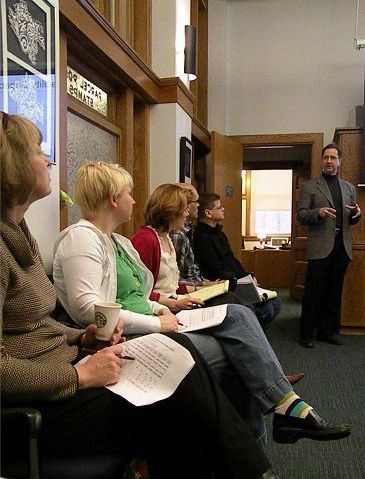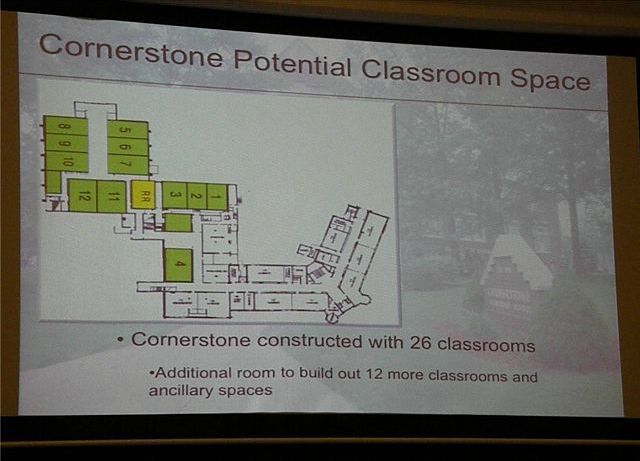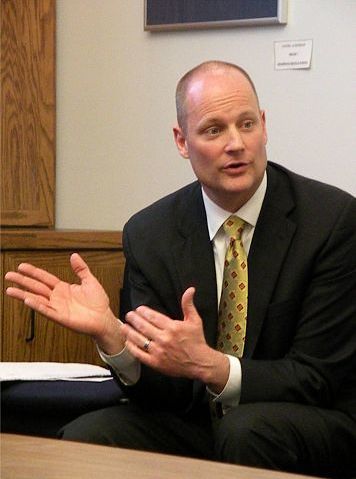School district studies facility utilization
The analysis of how efficiently the Wooster City School District utilizes its existing facilities took another step forward when Dave Kocevar, the districts director of business and community affairs, presented a report to the board of education and to the community, during the most recent Superintendents Coffee, on the districts enrollment history and a preliminary analysis of how to maximize the use of its buildings in light of its current enrollment figures.
According to Kocevars March report, district enrollment peaked in 1997 at 4,574 students. Since that time the district has lost approximately 300 high school, 160 middle school and 290 elementary school students and currently serves only 3,821 students, which represents a 17 percent drop in enrollment since 1997.
A combination of new construction, building renovation and expansion projects undertaken when enrollment was at its peak and expected to increase, coupled with the subsequent drop in enrollment, has created excess capacity in three of the districts buildings – Cornerstone Elementary, Edgewood Middle School and Wooster High School.
When the old Wooster High School was transformed into Cornerstone Elementary School in 1994 when the new high school was built, 26 elementary school classrooms were created. Much of the remaining space is unused or has been re-purposed for use by The Spot and a Tri-County Educational Service Center preschool program.
Kocevar noted that 12 additional classrooms could be added to Cornerstones existing complement of 26 classrooms by converting areas that formerly housed the pool, locker rooms and shop areas, directly below the current cafeteria and underneath the current gym, into elementary school classrooms.
The seven additional classrooms at the Cornerstone Annex, which housed the Opportunity School before the program was transferred to Wooster High School last fall, are also available.
Kocevar stated that space is also available at Edgewood Middle School, which was expanded by 10 classrooms in 2001 in a bid to ease overcrowding and comply with Americans With Disabilities Act requirements, only to see its enrollment drop from 760 students at its peak down to just 580 students today.
Its much the same story at Wooster High School, which was built in 1994 to accommodate 1,600 students and now houses only 1,180 students.
In both secondary buildings, its common to walk down the halls and see some classrooms filled, some partially filled and some vacant at different times of the day because the staff and students have simply spread out to utilize the existing space.
Superintendent Michael Tefs sited facility usage at the high school as an example.
The building was originally designed around the concept of teachers floating between classrooms throughout the school day and using their separate office area for planning and preparation. Now each teacher not only has his or her own office but also a dedicated classroom.
By going back to utilizing the space in the high school as it was originally designed to be used, spaces that are not being used while teachers are at lunch or in their offices could be used throughout the day for other classes.
With programming changes such as these at the middle and high school, between the two buildings 400 additional students could be accommodated.
Now that the preliminary utilization study has been completed, a more in-depth analysis of the data by a panel of experts in the building and construction trades will be undertaken and scenarios for using the space more efficiently will be developed.
Kocevar plans to present facility utilization options to the board during its May meeting.






